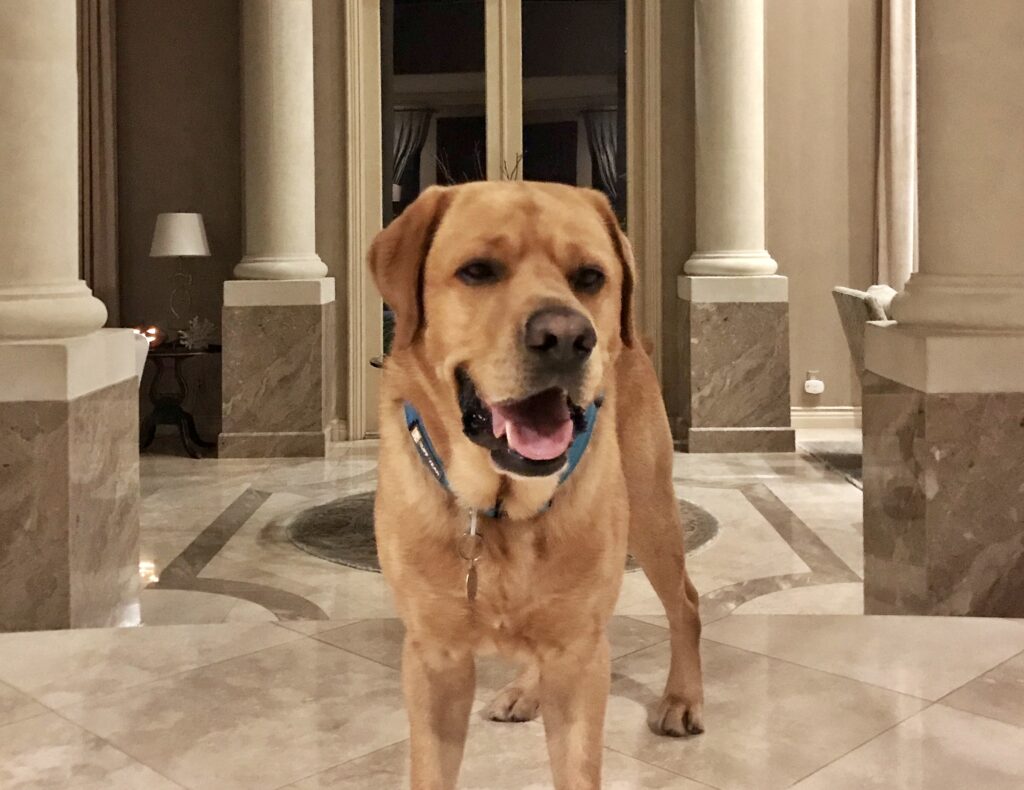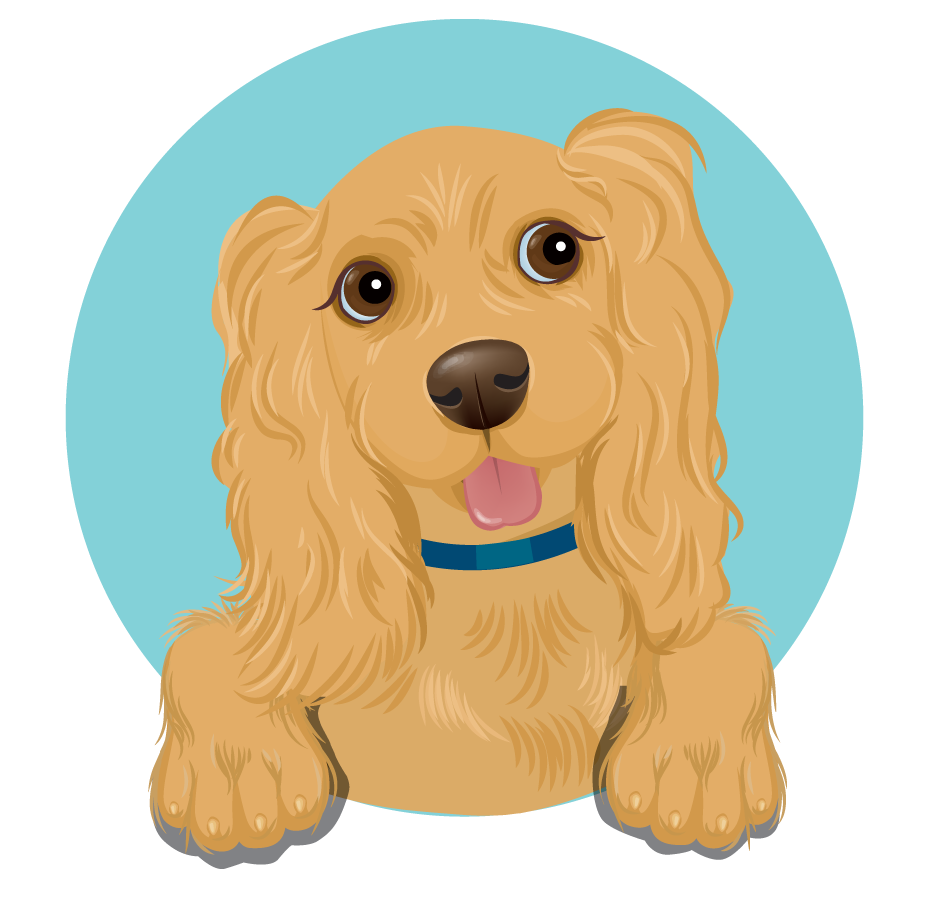
Just as you child-proof your home for a new baby, similar preparations are necessary when a new pet is arriving in your home. Your new furry companion needs a home that is as safe for them as it is for you.
Pets, especially puppies and kittens, can be curious. If you look the other way, even for a second, you may find your pet playing with a live electric wire or chewing through one of your plants (which may be poisonous to them.) Therefore, owners must learn to stay vigilant!
How do you manage that while simultaneously balancing your daily life and work?
Keep reading for pet-proofing tips and how to begin.
Pet-Proofing Your Home - How to Begin?
Start by looking at your home from your pet’s point of view. Where in the home are they kept? What are the potential threats in that area? You may have to put extra effort in pet-proofing your entire place for pets allowed to wander anywhere in the home. Otherwise, those who allow their pet in a restricted area can work around securing that particular section.
Consider the rooms the pet has access to and all the items in the room that could be potentially harmful or destructive. This could be a small toy that can be swallowed or a hair straightening iron. Pet-proofing would mean removing those items or relocating those items to a place where your pet does not have any access. Remember pet-proofing takes time and also a hefty amount of research, if you want to get it right the first time.
Only when your pet is safe, will you be able to stop constantly worrying about them. The following tips are for pet-proofing each room in your home.
Bathrooms and Laundry Room
Bathrooms and laundry rooms are filled with various items that are toxic to our beloved curious companions. Laundry rooms have chemicals such as bleach, detergent as well as fabric softener and appliances with tubes and cords. Bathrooms typically have medications, chemical drain openers and deodorizers which are potential hazards for your pets. Sharp items, such as razors, can potentially cut or injure your pet. Such items should be kept out of the way to avoid a run to the veterinarian. Keep in mind the following bullet points when pet-proofing bathrooms and laundry rooms:
- Place medications in a securely closed medication cabinet or drawer
- Keep the dryers and washing machines properly closed
- Relocate your chemicals to keep it out of the reach of your pets
- Close the lid of your toilet bowl when not in use. Better yet, keep bathroom doors closed at all times, so pets do not have access to garbage bins, toilet paper, etc.
Living Room
Living rooms are decorated with a myriad of items varying from heavy furniture and potted plants to showpieces and fancy lamps. Some of these items can hurt your pet. They might bump hard into the furniture while playing or accidentally swallow a toxic house plant. You may also end up with chewed up furniture or items on coffee tables. Same is the case with lit candles in your living room. You have to be cautious about it when your pet is around. They might knock it over and start a fire. 
Follow these pet-proofing tips when allowing pets in living rooms:
- Move candles elsewhere out of reach or snuff the candle properly after use
- Remove all expensive items from the living room if your pet is young or energetic
- Keep all chewable/swallowable items out of reach or closed in an inaccessible place
- Research about poisonous indoor plants before getting one for the home
Kitchen
The kitchen can be dangerous especially for pets who are big enough to access countertops and tables or agile enough to jump up on tables and countertops. Dogs and puppies especially will reach out for anything within their reach such as trash in bins or food on the table. Research and learn which food items and ingredients are toxic to pets. Here are tips on pet-proofing your kitchen:
- Keep all garbage bins covered or securely closed in a cabinet or drawer
- Secure cabinets with child-proof locks
- Restrict access to refrigerators, ovens, stove and other appliances
- Keep utensils and especially breakable china safely secured in drawers and cabinets
- Install a safety gate to keep pets out of the kitchen altogether
- Do not leave knives and other objects in places accessible to your pet
- Store leftover food and ingestible items properly
Bedrooms
 Although not everyone loves to bring their pets on their bed, there are people who love a good cuddle with their furry friends. While a bedroom may seem like a harmless place, it is often the unexpected and little things that turn problematic. Pets may chew or swallow items like earrings, ear buds/plugs or electrical cords. A discarded shopping bag increases the risk of suffocation if pets stick their head in and the handle gets caught around their neck. These are just some of the minor things that you need to take care of.
Although not everyone loves to bring their pets on their bed, there are people who love a good cuddle with their furry friends. While a bedroom may seem like a harmless place, it is often the unexpected and little things that turn problematic. Pets may chew or swallow items like earrings, ear buds/plugs or electrical cords. A discarded shopping bag increases the risk of suffocation if pets stick their head in and the handle gets caught around their neck. These are just some of the minor things that you need to take care of.
- Place mothballs out of reach of your pet
- Keep earrings, hairpins, ear buds and other accessories out of reach in a box/drawer
- Keep closets and drawers closed at all times
- Cover electrical cords or keep them out of reach
Garage and Basement
A garage or a basement is a place where there may be useful and discarded household items. Items found in garages (such as antifreeze, motor oil, gas, battery acid, car wax, etc.) are lethal for pets.
Dogs and cats are curious animals. They like to sniff and touch things around to acknowledge them. Additionally hazardous items that may be found in the garage or basement may include rat poison, paints, pesticides and paint thinners. Be aware of sharp objects that may be lying around and put them away. Keep in mind of the following as well:
- Store tools, nuts and screws in a secure box or closed jars
- Keep chemicals in securely closed cabinets
- Do not leave any open paint cans in the garage or elsewhere in the home
- Regularly check garage floors for any spills or leaks
- Store sharp objects properly
Yard
 Pets love to spend time outdoors to run about in the yard or bask in the sun. However, there are numerous items presenting a threat to pets in the yard. Certain items used in a yard or in a garden (such as pesticides, insecticides, fertilizers, compost, and mulch) are harmful and highly toxic if consumed by animals. Proper care and supervision must be taken to keep pet safe from any hazard. Follow these tips to begin pet-proofing the yard:
Pets love to spend time outdoors to run about in the yard or bask in the sun. However, there are numerous items presenting a threat to pets in the yard. Certain items used in a yard or in a garden (such as pesticides, insecticides, fertilizers, compost, and mulch) are harmful and highly toxic if consumed by animals. Proper care and supervision must be taken to keep pet safe from any hazard. Follow these tips to begin pet-proofing the yard:
- Enclose the yard with a fence or gate
- Remove any poisonous plants
- Keep pets away from fire pits and grills
- Schedule flea control service or treat lawn with natural products
- Store chemicals away from the reach of your pets
- Never leave pets outside unsupervised
Pets will explore every nook and cranny of their home. This is why pet-proofing the home is extremely essential and the necessary first steps to keeping pets safe and give pet owners some peace of mind.
Written by guest blogger, Stuart Mill of My ESA Doctor
Edited and photos by Nina Jussila
